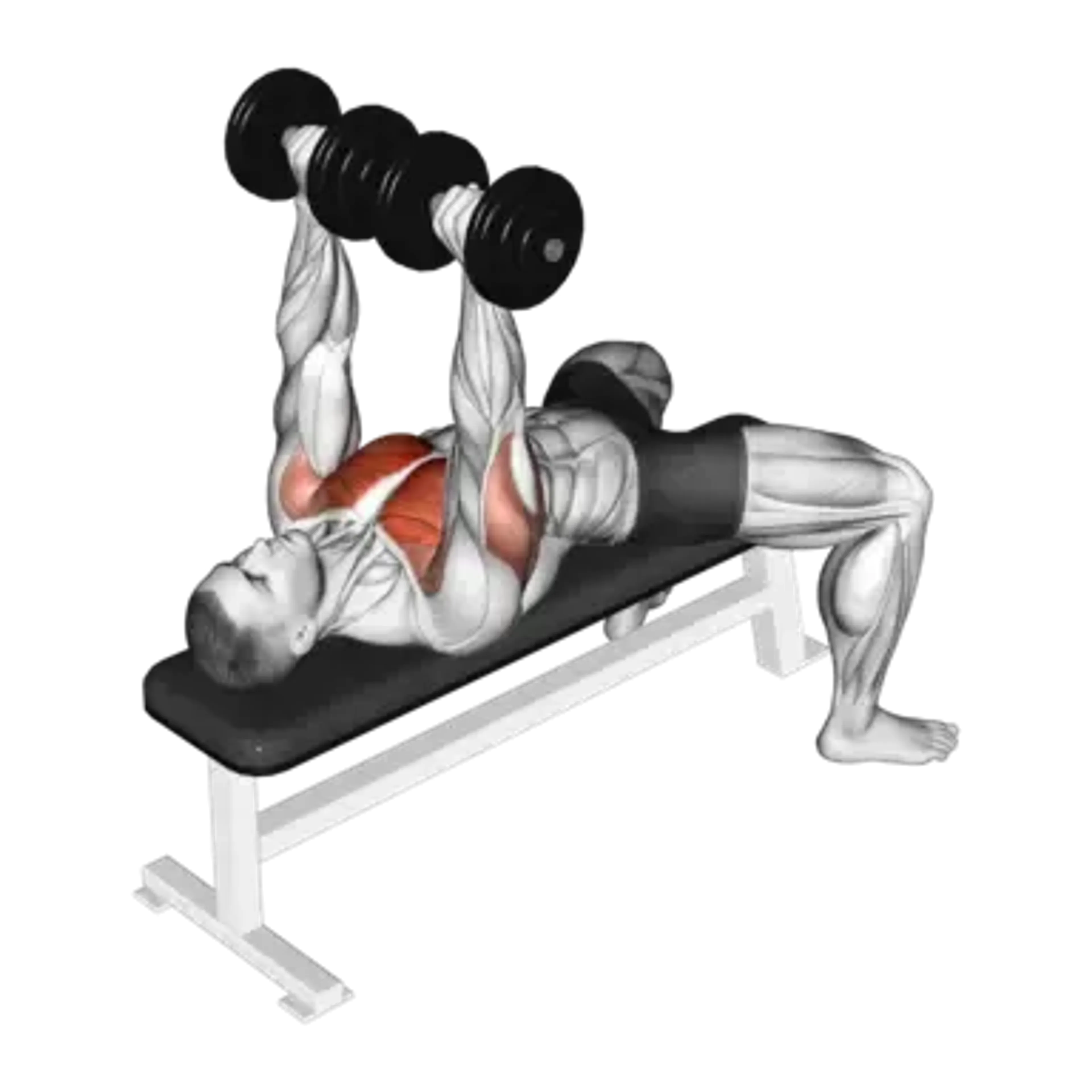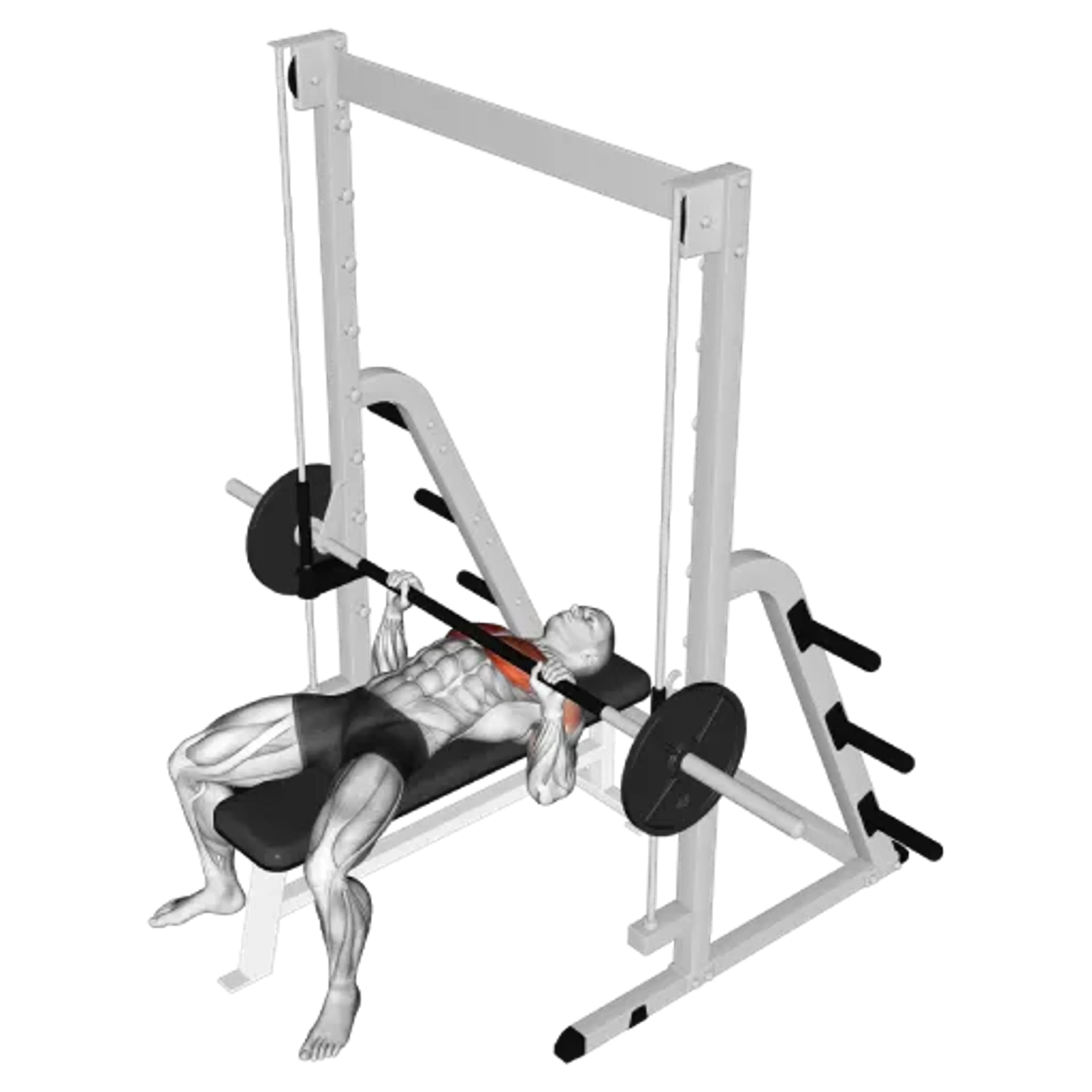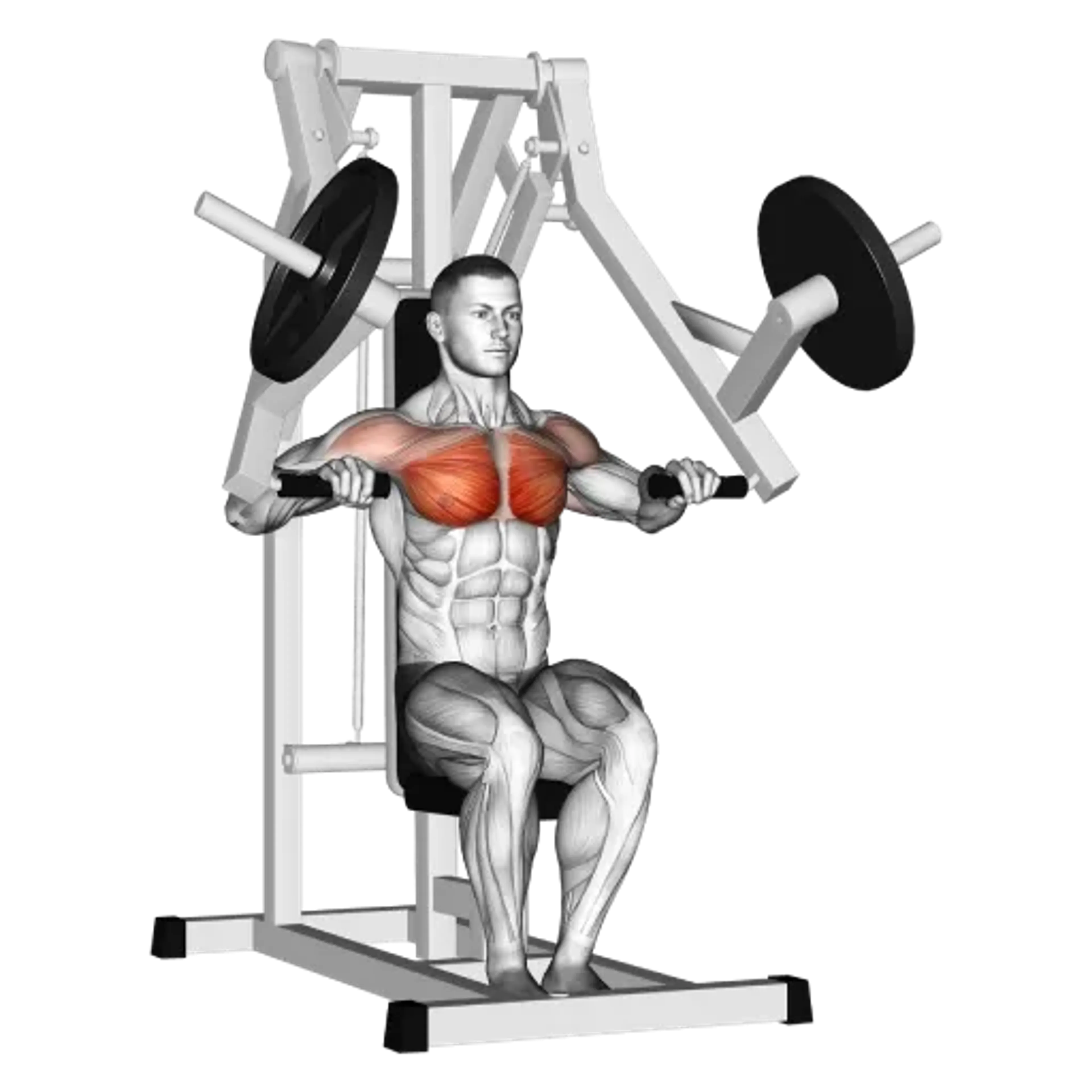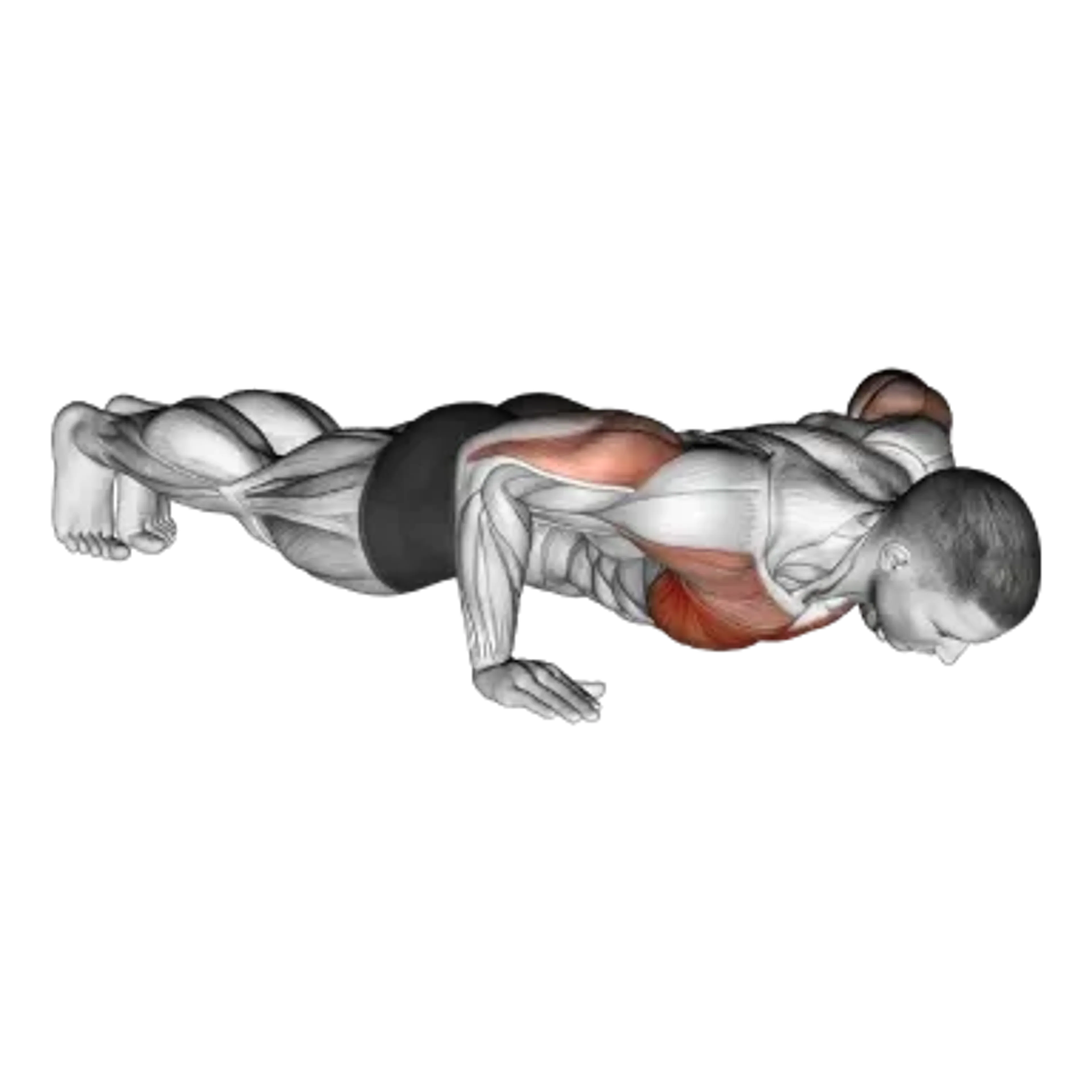Cable Bench Press

Overview
- Primary Focus:
- Chest.
- Equipment:
- Cable and bench.
- Difficulty:
- Beginner.
General Information
Cable Bench Press is a compound exercise that primarily targets the chest, while also engaging the front shoulders and triceps brachii. It is a beginner-friendly movement that mimics the standard bench press but uses a cable machine, offering constant tension throughout the range of motion.
This exercise is commonly used to isolate the chest more effectively and reduce stress on the shoulder joints compared to free weights. The cable setup also allows for a smoother, more controlled motion, which is beneficial for beginners learning proper form, as well as for advanced lifters looking to focus on muscle activation.
Cable Bench Press can be performed on a flat, incline, or decline bench, offering versatility in targeting different angles of the chest. It’s also a popular accessory lift in bodybuilding and hypertrophy-focused training routines.
Muscles Worked
- Pectoralis Major
- Primary
- Triceps Brachii (Long Head)
- High
- Deltoid
- Medium
- Serratus Anterior
- Medium
- Triceps Brachii (Lateral Head)
- Medium
- Triceps Brachii (Medial Head)
- Medium
- Rectus Abdominis
- Low
- Rectus Abdominis (Lower)
- Minimal
Instructions
- Set up a flat bench in the center of a dual cable machine with both pulleys set at the lowest position.
- Attach D-handles to each cable and select a weight that allows for controlled movement.
- Sit on the bench, grab the handles, and lie back while keeping your feet flat on the floor.
- With your arms extended above your chest and a slight bend in your elbows, keep your palms facing forward.
- Lower the handles slowly and in a controlled manner to the sides of your chest, keeping your elbows at about a 45-degree angle.
- Press the handles back up to the starting position by extending your arms, focusing on squeezing your chest at the top.
- Repeat for the desired number of repetitions.
Common Mistakes
Injuries
Cable Bench Press is a low to medium risk exercise when performed with proper form and moderate weight. It is generally safer on the shoulder joints than barbell bench presses due to the natural arc and freedom of movement cables provide.
Common injury risks include shoulder strain or pectoral tears, usually from using excessive weight or failing to control the movement. To prevent these, always start with lighter weights and prioritize form over load. Ensuring the bench and pulley height are correctly aligned also helps reduce awkward stress on the joints.
Additionally, gripping the handles too tightly or flaring your elbows excessively can lead to wrist or shoulder discomfort. Focus on a neutral grip with elbows slightly tucked and avoid locking out at the top of the press.
Alternative Exercises

Frequently Asked Questions
- Q: Is Cable Bench Press better than Barbell Bench Press?
It’s not necessarily better, but it provides constant tension and is easier on the joints, making it a great alternative or accessory lift.
- Q: Can I do this exercise at home?
Only if you have access to a dual cable machine or functional trainer; otherwise, it’s not practical without gym equipment.
- Q: How many sets and reps should I do?
For muscle growth, aim for 3-4 sets of 8-12 reps with controlled tempo and moderate weight.
Overview
- Primary Focus:
- Chest.
- Equipment:
- Cable and bench.
- Difficulty:
- Beginner.




